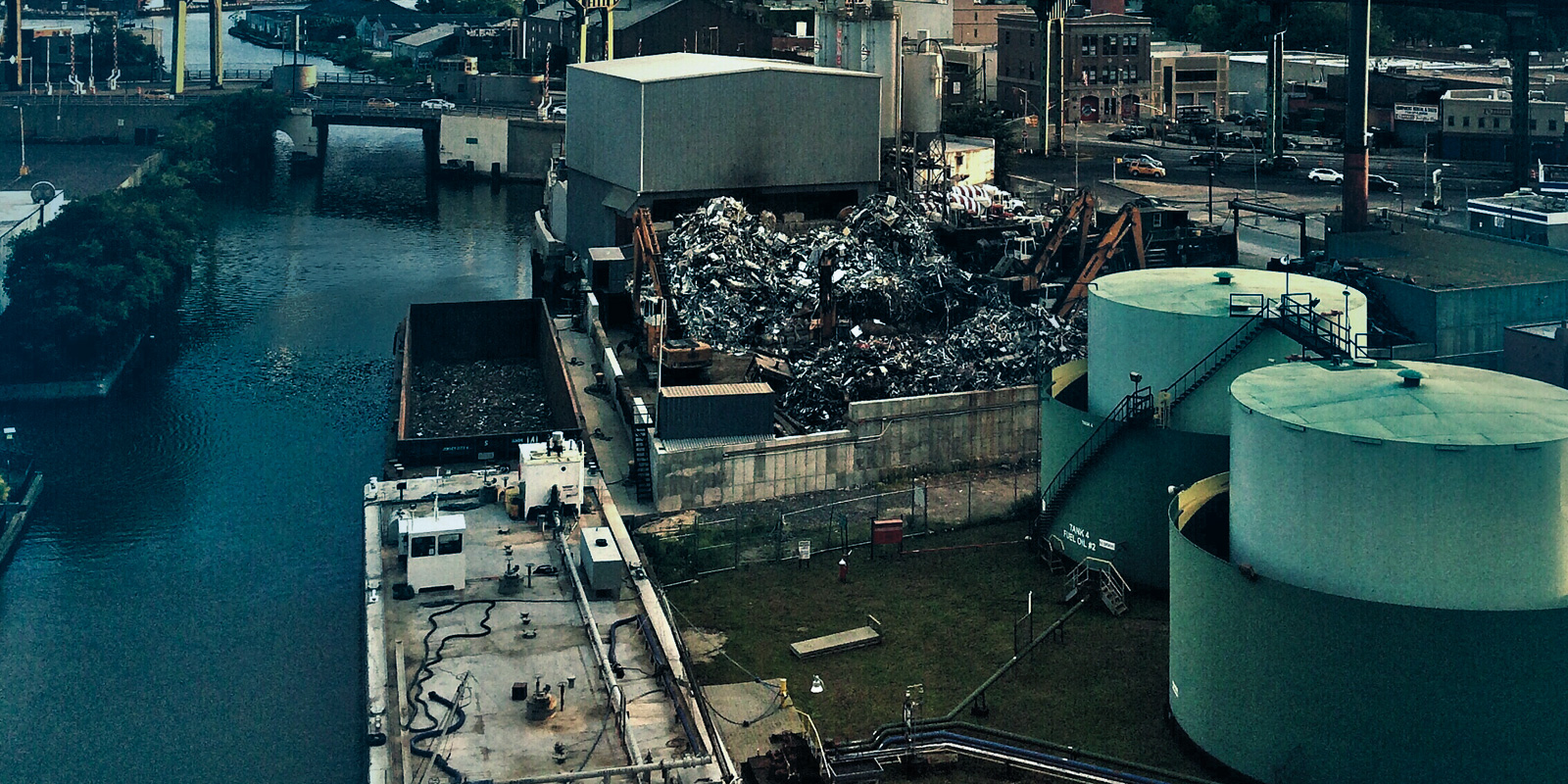
U.S. Supreme Court Permits State Law Claims for Restoration Damages at Superfund Sites
In Short
The Situation: The U.S. Supreme Court recently considered, in Atlantic Richfield Co. v. Christian, whether the Comprehensive Environmental Response, Compensation and Recovery Act ("CERCLA") deprives Montana state courts of jurisdiction to hear state law tort claims for restoration damages arising at federal Superfund sites, and whether the plaintiff/landowners needed approval from the U.S. Environmental Protection Agency ("EPA") to implement restoration plans on their own properties.
The Result: The Supreme Court ruled that CERCLA does not bar state courts from hearing claims for restoration damages arising from federal Superfund sites, but that plaintiffs who seek such damages must secure federal EPA approval of any additional site investigation or cleanup if the plaintiffs themselves are potentially responsible parties ("PRPs").
Looking Ahead: The decision opens the door to state court actions to fund additional remedial actions at federal Superfund sites, beyond what is required by EPA. The Supreme Court also left key questions unanswered. The answers to these questions will affect the extent to which plaintiffs can use state courts to impose additional response costs on responsible parties at federal Superfund sites.
On April 20, 2020, the United States Supreme Court issued a significant decision in Atlantic Richfield Co. v. Christian ("Atlantic Richfield") that likely will affect the cost and complexity of environmental response actions under CERCLA.
Case Background
In 1983, EPA declared the former Anaconda copper smelter, and the surrounding 300-square-mile area in southwest Montana, a federal Superfund site. EPA ordered the smelter's owner, Atlantic Richfield, to investigate and remediate arsenic and lead contamination resulting from the smelter's operations.
In 2008, owners of properties within the Superfund site sued Atlantic Richfield in Montana state court, asserting claims for nuisance, negligence, and trespass due to the contamination on their properties. Montana law allows landowners in some circumstances to recover "restoration damages" to pay for the restoration of their damaged property, provided they prove that the funds will be used for restoration. The landowners here sought such damages to fund the restoration of their properties above and beyond the requirements of the EPA-approved remedial plan.
The parties filed cross-motions for summary judgment on the restoration damages claim. The Montana trial court ruled in favor of the landowners, and the Montana Supreme Court affirmed.
U.S. Supreme Court Decision
The Supreme Court, in an opinion authored by Chief Justice Roberts, affirmed in part and vacated in part. It first held that CERCLA § 113(b), which grants federal courts exclusive jurisdiction over cases "arising under" CERCLA, does not deprive state courts of jurisdiction to hear state law claims for restoration damages, because those claims do not "arise under" CERCLA. 42 U.S.C. § 9613(b). However, the Supreme Court accepted Atlantic Richfield's argument that the plaintiffs—as owners of land where hazardous substances had come to be located—were PRPs under CERCLA, and thus were prohibited from implementing their restoration plan without EPA approval. 42 U.S.C. § 9622(e)(6). The Supreme Court remanded to the Montana Supreme Court for further proceedings.
Significant Questions Remain Unanswered
In issuing this decision, the Supreme Court left many questions unanswered.
May Non-PRPs Implement Restoration Plans at Superfund Sites Without EPA Approval? The Supreme Court noted in dicta that parties who qualify for statutory exemptions to liability under CERCLA are not PRPs. Future plaintiffs who qualify for a statutory exemption to liability likely will argue on this basis that their restoration plans at federal Superfund sites do not require EPA approval. If accepted by a court, this could allow plaintiffs to secure funds for restoration plans that are more stringent, and more costly, than an EPA-approved remedial plan.
Are There Any Limits on EPA's Authority to Approve Additional State Law Restoration Plans? In Atlantic Richfield, EPA opposed the plaintiffs' state law restoration plan. But that could change, particularly if the remedial action takes decades or spans multiple administrations with different policy priorities. EPA could also view a parallel state court action as another enforcement tool in its arsenal. However, EPA should not be permitted to require a response plan under federal law and then approve a more stringent or even inconsistent plan under state law. The Supreme Court acknowledged there could be limits on EPA's authority but declined to decide the issue: "In the absence of EPA approval of the current restoration plan, we have no occasion to entertain Atlantic Richfield's claim that the Act otherwise preempts the plan."
May Plaintiffs Obtain Restoration Damage Awards Without EPA Approval? The Supreme Court arguably did not dispose of the ultimate issue: whether the plaintiffs may be awarded restoration damages. A narrow reading of the opinion is that the Supreme Court decided only the federal issue—that a restoration plan may not be implemented without EPA approval—and reserved for the state court to decide under Montana law whether Atlantic Richfield may still be liable for restoration damages, to be held in trust until such a time when the plan may be implemented. However, the Supreme Court apparently endorsed a broader reading of its holding when it stated that Atlantic Richfield may be "liable for the landowners' own remediation beyond that required under the Act … so long as the landowners first obtain EPA approval." It remains to be seen how the Montana state court will decide this issue.
At least half of the states in the United States allow plaintiffs to seek restoration damages (see Restatement (Second) of Torts § 929), meaning these issues are not limited to Montana.
Three Key Takeaways
- The Supreme Court's Atlantic Richfield v. Christian decision opens the door for plaintiffs to seek state law restoration damages to fund additional response actions at federal Superfund sites.
- The result is an increased potential for: (i) uncertainty about cleanup requirements; (ii) additional response costs; and (iii) litigation to resolve the questions left open by the Supreme Court.
- Businesses should consider these issues when negotiating Consent Decrees with EPA and look for opportunities to clearly define the remedial actions that EPA will require under federal law, and those it will permit under state law.





